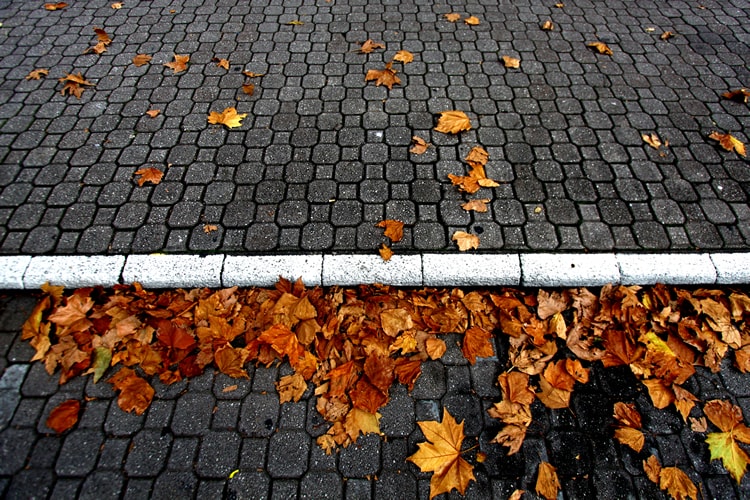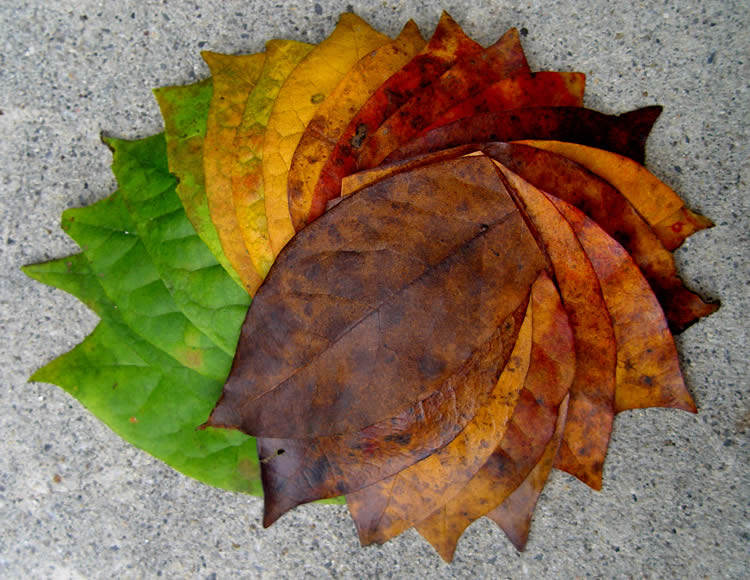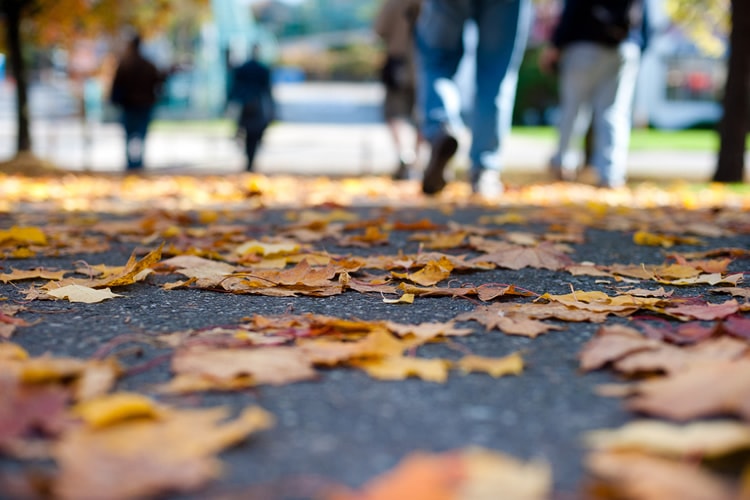Sure-Fire Ways To Capture Better Autumn Foliage Photos
Autumn is an amazing time of year to get out and capture some stunning photos. If you happen to live in a part of the world that erupts in a spectacular color show every autumn, then you know exactly what I mean.
The vibrant leaves, the tremendous contrast with deep blue skies, and beautiful color saturation – you couldn’t ask for a more photogenic setting!
Unfortunately though, disappointment comes when what you see in person, just can’t be recreated in your photos. Looking back through your shots of the day and finding that most of them fail to capture the spectacular beauty that you saw in person, can be extremely disappointing.

photo by gajman
In order to capture stunning photos of autumn foliage, it’s best to go out prepared and armed with a few tricks up your sleeve. Autumn, for all of its beauty, can also be unpredictable and difficult to capture. Unpredictable weather, sudden gusts of wind, and the quickly changing lighting conditions, all add to the challenge, so it’s worth into brushing up on composition tips and camera settings – and packing the right gear – before you head out into the wild blue yonder!
Before You Head Out
Before heading out, it’s a good idea to scout out a location, and check the weather. This will help you to know which gear you should bring, and give you an idea on what type of shots you will be taking.
-
Find a Location
Location is one of the first things you will want to decide before heading out. For scenic shots, you may consider choosing a location that offers a vantage point. The higher up you get, the more sense of the area you can give your photographs. Looking down over a valley filled with red, yellow, and green trees is an outstanding way to show the true colors of fall.
-
Check the Weather
Autumn weather is notoriously unpredictable. Fortunately though, you don’t have to wait until a sunny day to go out. Often, slightly overcast days are perfect for shooting autumn foliage. Still, it’s best to check the weather to make sure there isn’t a blizzard headed your way!
-
Pack Your Gear
It’s always a good idea to bring along a tripod, especially if you’re planning to do scenic shots. Of course, if you’re planning on hiking to a scenic location this will be one item that you may have to exclude.
It’s also a good idea to bring a polarizing filter. This small item can make a big difference when it comes to bright lighting conditions, and situations that call for a longer exposure. A polarizing filter will help to keep some of the light out allowing you to keep the shutter open for longer. It will also help the colors to be more saturated and will reduce glare on wet leaves and rocks.
The lens that you’ll want to bring will depend entirely on what you have available, and the type of photos you hope to capture. For scenic shots, bring your wide-angle lens if you have one. If you have a macro lens, or a zoom lens that had macro capabilities you may want to bring that as well for potential close-ups.
You’ll also want to bring something waterproof for you and your camera in case of sudden downpours, and a towel for drying off wet gear.
Composition

photo by Scott Robinson
Don’t let the colors of fall distract you from one of the most important aspects of photography: the composition! While the colors will most likely take center stage, it’s important to look out for details – lines, patterns, textures, and focal points that will help to add to your compositions.
-
Lighting
The right lighting is crucial for capturing stunning autumn photographs, and can often make the difference between bland shots and spectacular photos! Golden Hour – the soft golden light in the morning and evening is one of the best times for autumn photographs. This is especially true on a clear day as the light will provide that soft, golden glow. If you go in the morning, you may even get some fog – a perfect addition to any autumn photograph.
Don’t fear overcast days, cloudy weather can actually be a great time for autumn photography. The vibrant colors of autumn will appear more saturated in cloudy conditions, showing the details in individual leaves better.
For clear, bright sunny conditions, you may want to use a polarizing filter, to help soften the light and prevent harsh washouts.
Backlighting can be beautiful, especially when it’s behind autumn foliage. Backlighting can help to bring out the details in the leaves. It is especially beautiful when there’s a clear blue sky in the background. Just take care that the sun isn’t too bright, or you may end up with silhouettes.
-
Reflections
Reflections of foliage in autumn can have a beautiful minimalistic quality to them, and often resemble beautiful paintings. Morning or late afternoon tends to be the best times for photographing reflections.
-
Be Creative
Fight the temptation to try to fit the entire forest into your frame. Remember, scenic photos aren’t the only autumn pictures that you can take. Close-ups of foliage or other token signs of fall, reflections of colorful leaves in pools or streams, individual trees, and waterfalls all make striking autumn compositions.
-
Look Down
There are plenty of opportunities available – right at your feet. The forest floor is a great place to find photo opportunities. Fallen leaves, spider webs, mushrooms, and other details make great subjects.
-
Simplicity
If you find that your images look busy or cluttered, you may want to try getting closer. Close-ups of leaves can often be just as beautiful as complex, scenic photographs. For close-up images, try setting a wide aperture – something like f/4 or even f/2.8 if your lens is capable. This is a great way to capture close-ups while blurring out the background.
Camera Settings

photo by Kenny Louie
The best camera settings will depend largely upon the composition that you’re trying to capture, as well as the lighting conditions, and weather.
- Depth of Field: For close-ups, or situations where you want only part of the image to be in focus, use a wide aperture for a shallow depth of field.
- Shutter Speed: In windy situations, you may want to take advantage of the wind to create motion blur in your images. Anchor your image by focusing on a solid subject that’s not moving, and use a longer exposure to create scenic motion blur.
- Underexpose: To capture deeper tones, you may want to underexpose the image slightly. Use the exposure button and dial it down.
- White Balance: If your camera is having trouble capturing the sun’s warm, golden glow, try setting the white balance to “daylight.” If you’re shooting in RAW format, you can always adjust the white balance in post-production.
If you’re fortunate enough to live in a beautiful part of the world, don’t pass up on the chance to capture some spectacular autumn images. Not everyone has the opportunity to experience autumn like you, so take advantage of the opportunity to get out and capture your own masterpieces!
Do you enjoy taking fall photographs? Share your tips and photos with us via Twitter or Facebook!
